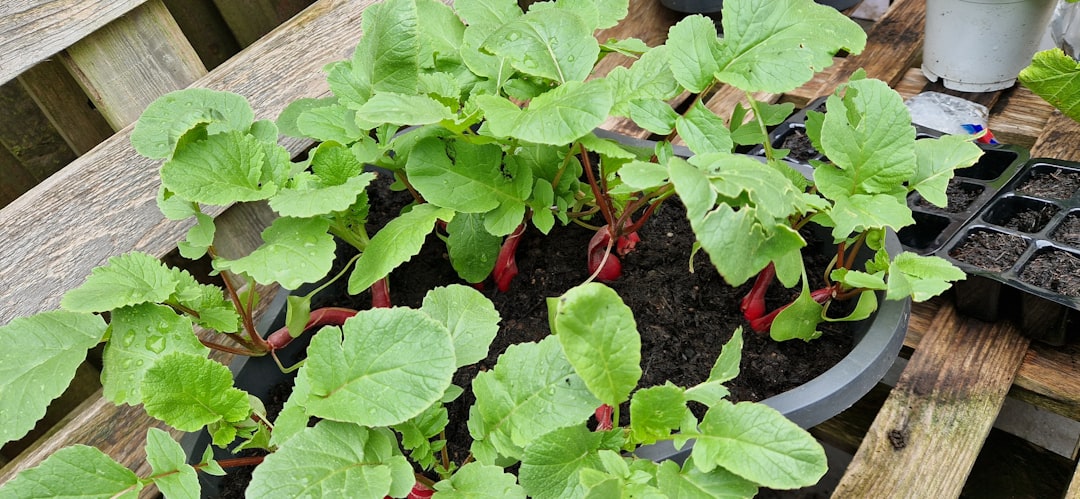The Secret to a Thriving Nasturtium Garden

Annuals flowers gardening is a delightful pursuit, and among the many options, nasturtiums stand out as truly versatile annuals. These charming plants reach their peak beauty during the cool temperatures of spring and fall, adding a splash of color and vibrancy to any garden.
Nasturtiums are not only visually appealing but also offer a range of benefits. Their bright, trumpet - shaped flowers come in various shades of orange, red, and yellow, creating a stunning visual display. Moreover, they are edible, with both the flowers and leaves having a peppery flavor that can be used in salads and other culinary creations.
To ensure your nasturtium plants thrive, proper care is essential. Let's start with the basics of planting. Nasturtiums prefer well - drained soil. They can tolerate a variety of soil types, but a soil that drains well is crucial to prevent waterlogging, which can lead to root rot. You can plant nasturtium seeds directly in the garden after the last frost date in spring. Simply press the seeds about half an inch deep into the soil and space them a few inches apart. This gives the plants enough room to grow and spread.
When it comes to sunlight, nasturtiums love it, but they also appreciate some relief from the intense afternoon sun, especially in hotter climates. A spot that gets full sun in the morning and partial shade in the afternoon is ideal. This balance allows the plants to photosynthesize effectively while avoiding excessive heat stress.
Watering is another important aspect of nasturtium care. These plants do not require a lot of water. In fact, over - watering can be more harmful than under - watering. Water them deeply but infrequently, allowing the soil to dry out slightly between waterings. This encourages the roots to grow deeper in search of moisture, making the plants more resilient.
Fertilizing nasturtiums is a bit of a tricky business. They are not heavy feeders. In fact, too much fertilizer can result in lush foliage at the expense of flowers. A light application of a balanced, slow - release fertilizer at the time of planting is usually sufficient. Avoid using high - nitrogen fertilizers, as they will promote leaf growth rather than flower production.
Pruning is also beneficial for nasturtiums. Regularly removing spent flowers, known as deadheading, encourages the plant to produce more blooms. You can also trim back any leggy or overgrown stems to maintain a compact and bushy shape. This not only improves the plant's appearance but also helps with air circulation, reducing the risk of diseases.
Nasturtiums are relatively pest - resistant, but they can still be affected by aphids and whiteflies. To control these pests, you can use natural remedies such as a strong spray of water to dislodge them or introduce beneficial insects like ladybugs, which feed on aphids. In severe cases, you may need to use an insecticidal soap, but be sure to follow the instructions carefully to avoid harming the plants.
In conclusion, with the right care and attention, your nasturtium plants can thrive and bring joy to your garden. Whether you're a seasoned gardener or just starting out, nasturtiums are a great choice for adding color, flavor, and a touch of nature's beauty to your outdoor space. So, roll up your sleeves, get your hands dirty, and start your nasturtium gardening adventure today!